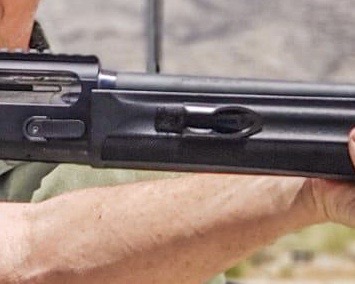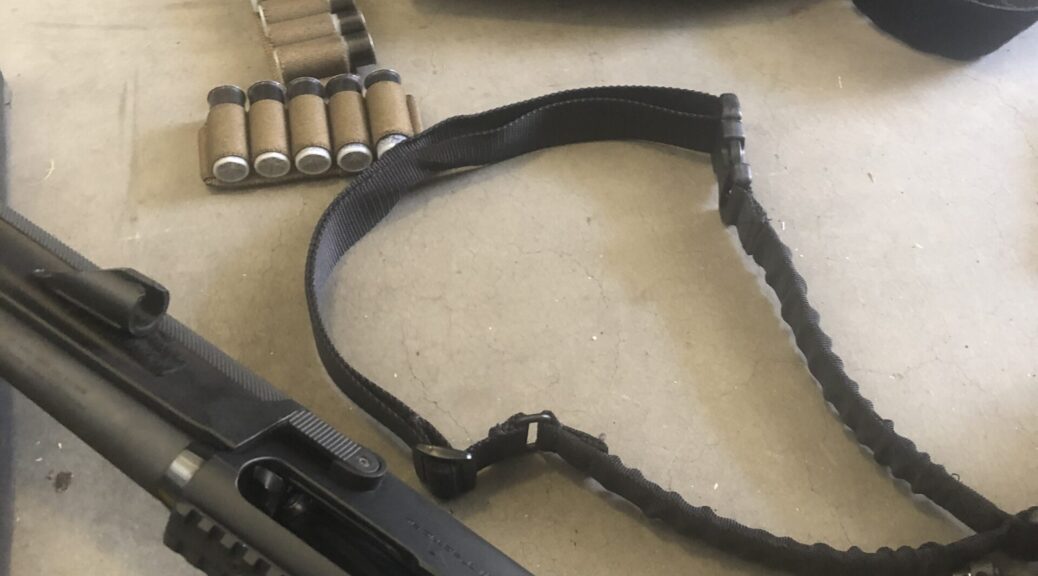Before we get into this rant I am about to lay one you, I want everyone to understand that what I am about to say is in no way a slight on the LEOs and the defensive tactics instructors for the Phoenix PD. They were given a shit sandwich and told to turn it into Prime Rib and they were given about two days to do it. They did the best they could. This rant is on the sheer willful ignorance of the public, the mainstream media, and the police administration that is more concerned with public relations and appearances than on actual results.
So the Phoenix PD had banned the use of “choke holds” for officers during arrests. Now, I am writing a longer article to show how stupid this is, and the fact that as a recognized subject matter expert in this area, I am telling you that the choke hold is the single safest and most functional unarmed technique to use to stop an aggressive attacker and to do it with no harm to that attacker. PERIOD. I can – and will – back that up with documented and verifiable fact later this week, but today I am going to address the technique the Phoenix PD unveiled to replace the choke.
You can look at it here starting at the 13:39 mark:
I am not going to address this issue from the point of view of arresting someone or the specific context of that. I am not, nor have I ever been a police officer, so I cannot in good conscience talk about that contextual application. What I can talk about is the efficacy of the demonstrated position, and it’s strength and weaknesses. The position the DT instructor shows is a very typical jiujitsu hold called a seatbelt. It is designed for one thing – to hold a person in place long enough to transition to a finishing hold. Used in the correct manner, on the ground with the opponent seated on his butt or belly, it is a decent control. Unfortunately, in the way it is being used to replace the choke hold, it will prove to be utterly useless.
Moreover – and here is the problem – IT WILL LEAD TO MORE INJURIES TO THE ARRESTEE AND IT WILL LEAD TO MORE SHOOTINGS BY THE OFFICER!
Why do I say that it if I just said above that it is a good control? Multiple reasons, but the most important one is this. It works in the ideal manner because you are on the ground – I.e. not standing – and can get your legs over theirs and place them above their hips and just inside their thighs. That way, you have a great method of controlling their movement. Standing upright as demonstrated in the video, you have very little control, and you only have that for a moment of two. The problems are 1) you have ZERO control of his lower body. The strongest part of a person that is the seat of the most explosive generated force a person can perform, and you do nothing to deal with it and, 2) you leave the other guy with one underhook. For those who don’t know anything about grappling, the underhook is any time I can get an arm between the other person’s arm and torso, and it is the king of grappling moves, especially if there is the presence of weapons. Take a look at the demonstrated technique in the video, and imagine weapons on the officer’s waistline. Note who one of the “bad guy” arms has complete freedom to move and is CLOSER to the officer’s weapons on that side than the officer does. Now what is going to happen when that officer realizes the other guy is going for his gun, or taser, or etc.? Is that not a guaranteed way to ramp up the violence and the end result? You better believe it.
For those who are going to argue that somehow the bad guy will be unable to move and won’t be able to get to the LEOs gun, let me assure not only can he, but that he will. I have been doing that exact move for quite literally decades, and I can flat out promise you that I cannot control someone in that position for more than a moment. If I cannot reliably do it, with 31 years of active training and practice, a police officer with minimal time in during his academy days, and little follow up after, will have no chance to do so. And now let’s add to the situation and make it worse. What if the person being detained is substantially bigger or stronger than the cop? What if he is much younger? How about if he is in a state of excited delirium from alcohol or drugs? Any of those would make it tougher for me to make that position work properly, let alone the LEO with only minimal training using it. And I am even more concerned because the instructor was not even doing the two most important things to try to control form this position. Both use leverage and he was using all muscle. If he does not understand the details, how will the officers who need to learn it?
I will state this publicly now, and people can hold me to this. Banning the choke hold and replacing it with this will substantially increase the injury and death rate to both parties in the future. 100% guarantee.


